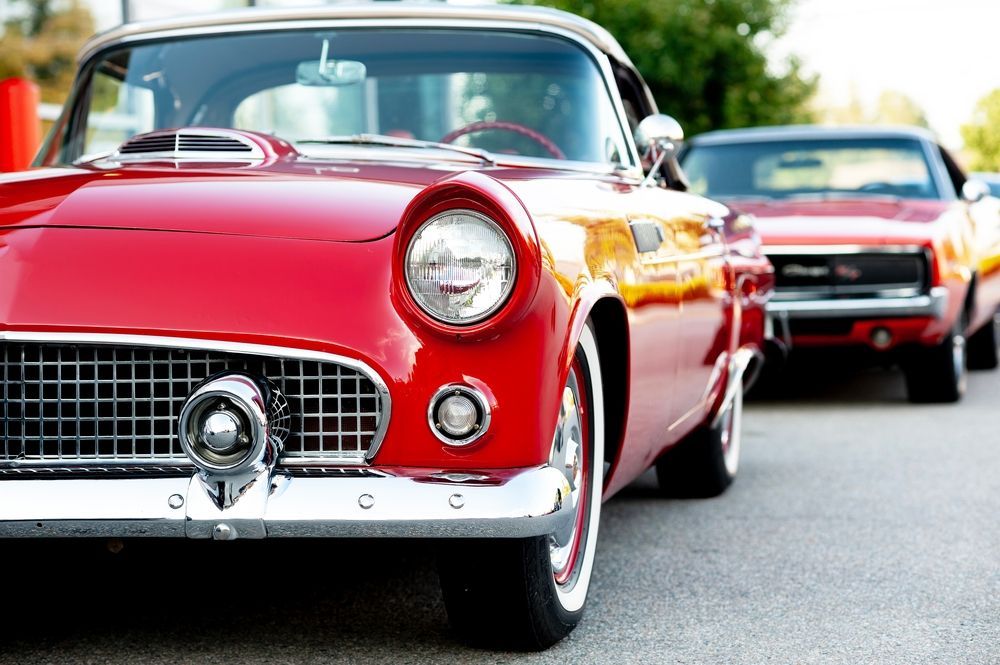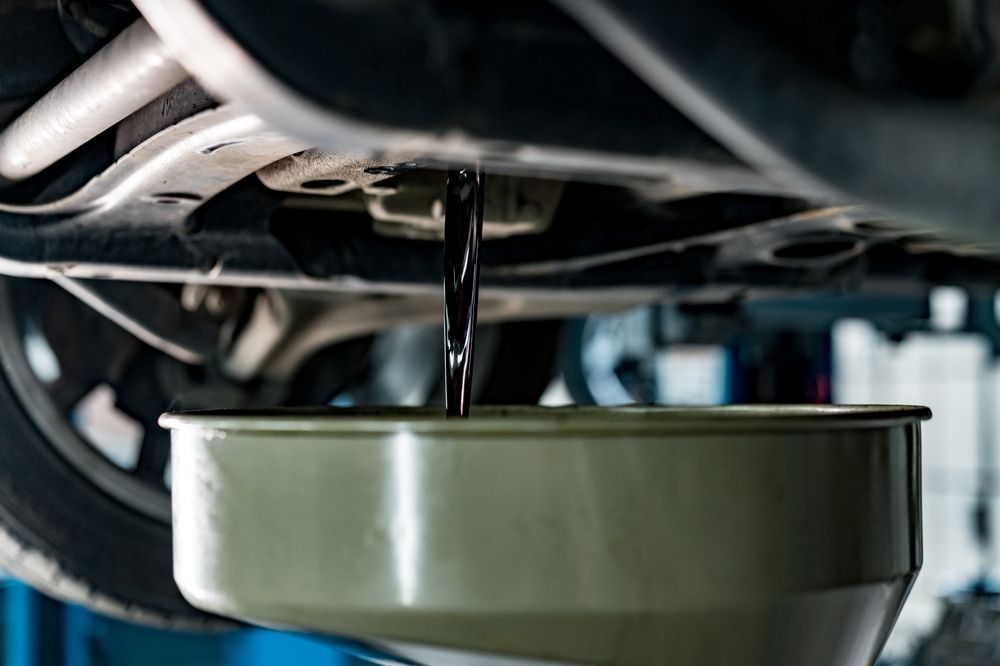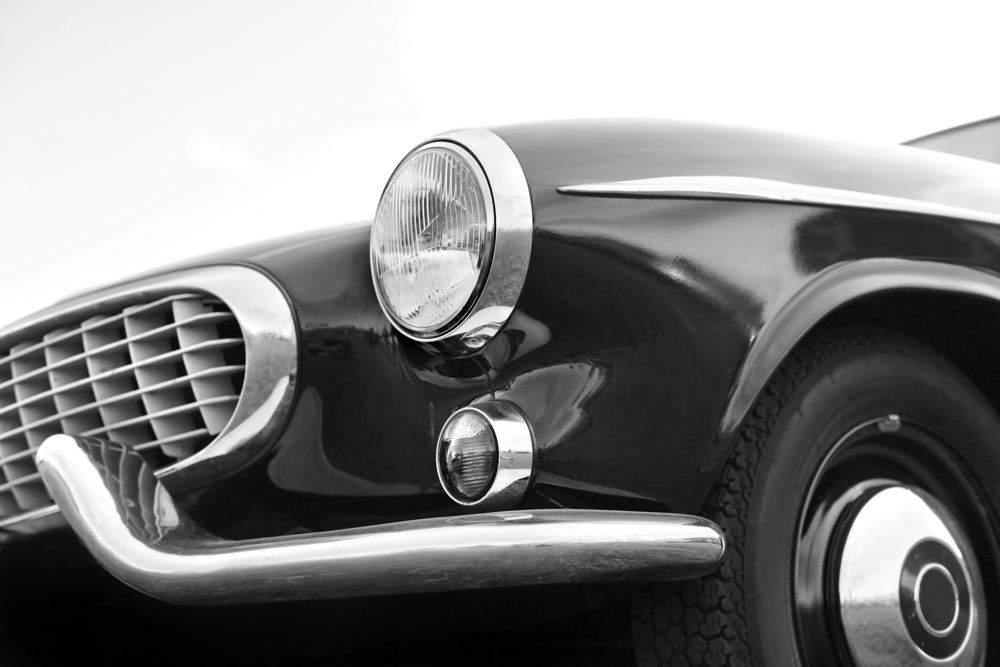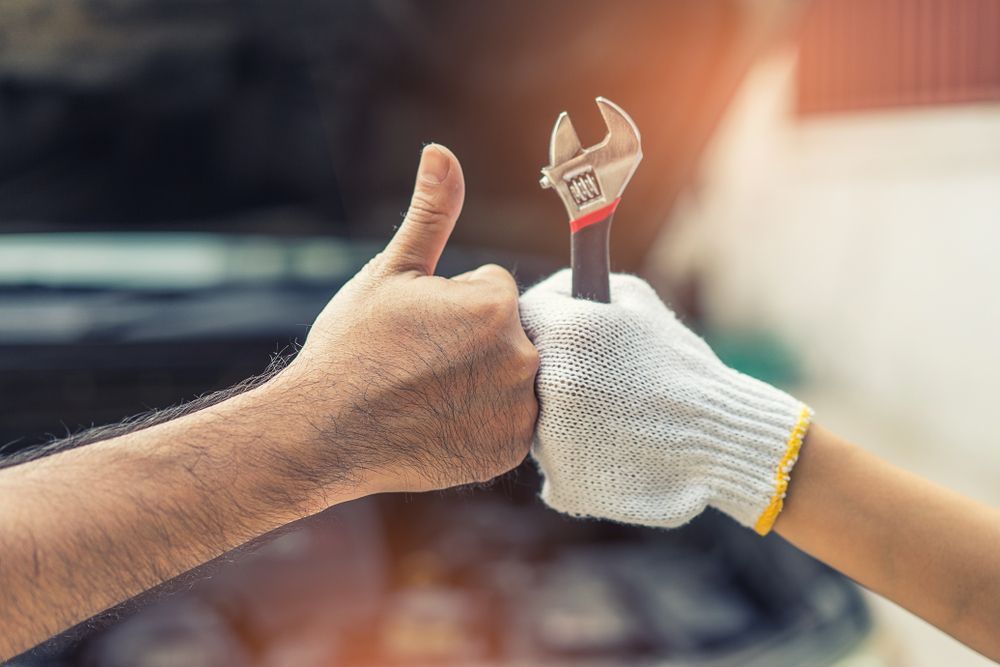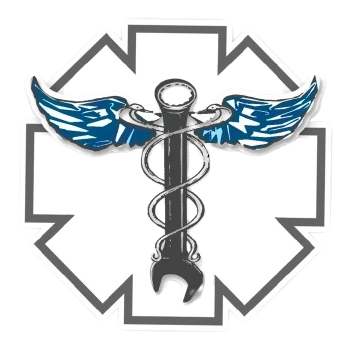Summer Driving: How to Keep Your Engine Cool
As temperatures rise and the sun beats down with relentless force, summer driving presents unique challenges for both drivers and their vehicles. Among these challenges, managing engine temperature becomes one of the most critical. Car overheating is not just inconvenient—it can result in severe damage, costly repairs, and in some cases, leave you stranded in sweltering conditions. Understanding the best ways to keep your engine cool during summer is essential for any driver. In this comprehensive guide, we will explore why engines overheat in hot weather, how to prevent it, and what to do if it happens. Whether you're planning a road trip or simply commuting through city traffic, these engine cooling tips will help keep your vehicle running smoothly all summer long.
Why Engines Overheat in Hot Weather
Engines naturally produce a significant amount of heat while operating. The process of internal combustion—burning fuel and air to generate power—creates temperatures that, if not properly managed, can quickly spiral out of control. Normally, a vehicle's cooling system, including the radiator, coolant, thermostat, and water pump, work together to dissipate this heat and maintain an optimal engine temperature.
However, during summer, external temperatures are higher, which makes it more difficult for the cooling system to function efficiently. Moreover, factors such as traffic congestion, extended driving periods, towing loads, or driving uphill can add additional strain on the engine. When these elements combine, the risk of engine overheating increases exponentially.
Adding to the complexity, summer also brings with it a heightened risk of system inefficiencies. Hoses may crack under intense heat, fans might wear out, and coolant levels can drop due to evaporation or leaks. All these elements can contribute to diminished cooling efficiency and make your vehicle more susceptible to overheating. Recognizing these risks and taking proactive measures can significantly reduce your chances of a breakdown.
Common Signs of Engine Overheating in Hot Weather
Recognizing the signs of engine overheating in hot weather is the first step toward preventing long-term damage. One of the most noticeable indicators is a spike in the temperature gauge on your dashboard. Ideally, this gauge should remain steady, hovering around the middle range. If it starts to rise toward the red zone, it's a warning that your engine is getting too hot.
Another critical sign is steam coming from under the hood. This is often mistaken for smoke but is actually vaporized coolant escaping due to excessive heat. If you see steam, it’s essential to pull over and turn off the engine immediately to prevent further damage. Accompanying this may be an unusual smell—often sweet, due to antifreeze, or a burnt odor if oil or other components are affected.
Drivers might also notice reduced engine performance, such as the vehicle lagging in response or the air conditioning system failing to blow cool air. In extreme cases, warning lights on your dashboard will illuminate, signaling a malfunction in the engine or cooling system. These are all urgent alerts and should not be ignored.
By staying vigilant for these symptoms, you can act quickly to mitigate damage. Preventing an overheating situation from escalating can save you time, money, and frustration—not to mention the hassle of being stuck on the side of the road on a scorching day.
Best Ways to Keep Your Engine Cool During Summer
Now that we understand the risks and warning signs, let’s explore the best ways to keep your engine cool during summer. First and foremost, regular auto maintenance is key. Ensure your coolant levels are topped off and that the coolant itself is in good condition. Over time, coolant can become contaminated or lose its effectiveness, so it’s wise to flush and replace it according to your vehicle’s recommended schedule.
Inspect your radiator and hoses for any signs of leaks, cracks, or corrosion. A damaged radiator can severely reduce the cooling system’s efficiency. Make sure the radiator cap is secure and functioning properly, as it helps maintain the correct pressure in the cooling system. It's also crucial to ensure the radiator fins are clean and free from debris like bugs, dirt, or leaves which can obstruct airflow.
Your vehicle’s thermostat and water pump are equally essential. The thermostat regulates coolant flow based on temperature, and if it gets stuck closed, it can block coolant circulation. The water pump keeps coolant moving through the system; if it fails, heat will build up rapidly. Replacing these components at the first sign of trouble can prevent serious overheating.
Another effective strategy is to monitor your driving habits. Try to avoid prolonged idling in traffic during peak heat, as your engine continues to run and generate heat even when the car isn’t moving. If you’re climbing steep inclines or carrying heavy loads, consider turning off the air conditioner temporarily to reduce the engine’s workload. This can provide some relief to the cooling system and help maintain a safe temperature.
Parking your car in the shade whenever possible and using windshield sunshades can also help reduce the internal and engine bay temperature before you even start driving. Every small step contributes to reducing the cumulative heat exposure your engine endures during summer months.
Engine Cooling Tips for Long-Term Peace of Mind
Consistent attention to your vehicle’s health throughout the year will make summer driving much less stressful. One of the most effective engine cooling tips is to regularly check and replace your coolant mixture. Most vehicles require a 50/50 blend of antifreeze and distilled water. This balance helps raise the boiling point of the coolant, offering better protection against summer heat.
You should also pay attention to your vehicle’s fan systems. Many cars have electric fans that are triggered when the engine reaches a certain temperature. If the fan isn’t turning on, it could be due to a faulty sensor, relay, or the fan motor itself. Keeping these components in working order is essential for maintaining airflow across the radiator and preventing heat buildup.
It’s worth considering aftermarket cooling solutions as well, especially if you live in an extremely hot climate or frequently tow heavy loads. Upgraded radiators, auxiliary fans, or coolant additives designed to improve heat dissipation can all contribute to better thermal management. Consult a trusted mechanic to determine what upgrades might benefit your vehicle most.
Additionally, make it a habit to conduct visual inspections under the hood. Check belts and hoses for signs of wear, such as cracking or soft spots. These components play a crucial role in circulating coolant and running the water pump, so any damage can have cascading effects on the entire cooling system.
Finally, always have an emergency plan. Keep extra coolant or distilled water in your trunk, along with a basic tool kit. This won’t solve every problem but can offer a temporary fix to get you to a repair shop if things go awry. Being prepared can turn a potential disaster into a manageable inconvenience.
What to Do if Your Car Overheats
Despite your best efforts, sometimes overheating is unavoidable. If you find yourself in this situation, it’s important to know what to do. The first rule is to stay calm. Do not attempt to drive your car further once you notice clear signs of overheating. Pull over to a safe location and turn off the engine immediately.
Do not open the hood right away; let the engine cool for at least 15 to 30 minutes. Opening the hood too soon can result in burns from steam or hot coolant. Once it’s safe to do so, inspect the coolant level in the reservoir. If it’s low and you have coolant or water on hand, you can cautiously add some—but only when the engine is cool.
If the problem appears to be more complex, such as a burst hose or failed fan, it’s best to call for professional assistance. Driving with an overheating engine can cause irreversible damage, including warped cylinder heads or complete engine failure.
In the aftermath, have your vehicle inspected thoroughly to determine the root cause. Overheating isn’t just a summer nuisance—it’s a warning sign that something is wrong. Addressing the issue early can prevent it from becoming a recurring problem and help you enjoy a safer, stress-free driving experience.
Conclusion
Summer driving demands more from your vehicle, especially when it comes to temperature management. By understanding the causes and signs of engine overheating, and by following the best ways to keep your engine cool during summer, you can significantly reduce the risk of breakdowns. Prioritize maintenance, adopt smart driving habits, and be prepared for emergencies. These engine cooling tips are not just about car overheating prevention—they’re about ensuring your safety, comfort, and confidence on the road, no matter how high the mercury rises.
Need a Local Auto Repair Shop Near You?
At Parker Performance, we’re passionate about keeping your vehicle running smoothly, whether it’s a daily driver or a classic car needing restoration. Our expert team in Santa Rosa is here to provide top-quality auto care with precision and dedication. From routine maintenance like oil changes and brake repairs to detailed classic car restorations, we ensure every job is done right with the highest quality parts. We take pride in our honest, professional service, building trust with every customer. Reach out today to schedule your appointment – we can’t wait to help you keep your car in peak condition!
Ready to work with Parker Performance?
Let's connect! We’re here to help.
Send us a message and we’ll be in touch.
Or give us a call today at (707) 526-2198
Agency Contact Form
More Marketing Tips, Tricks & Tools

